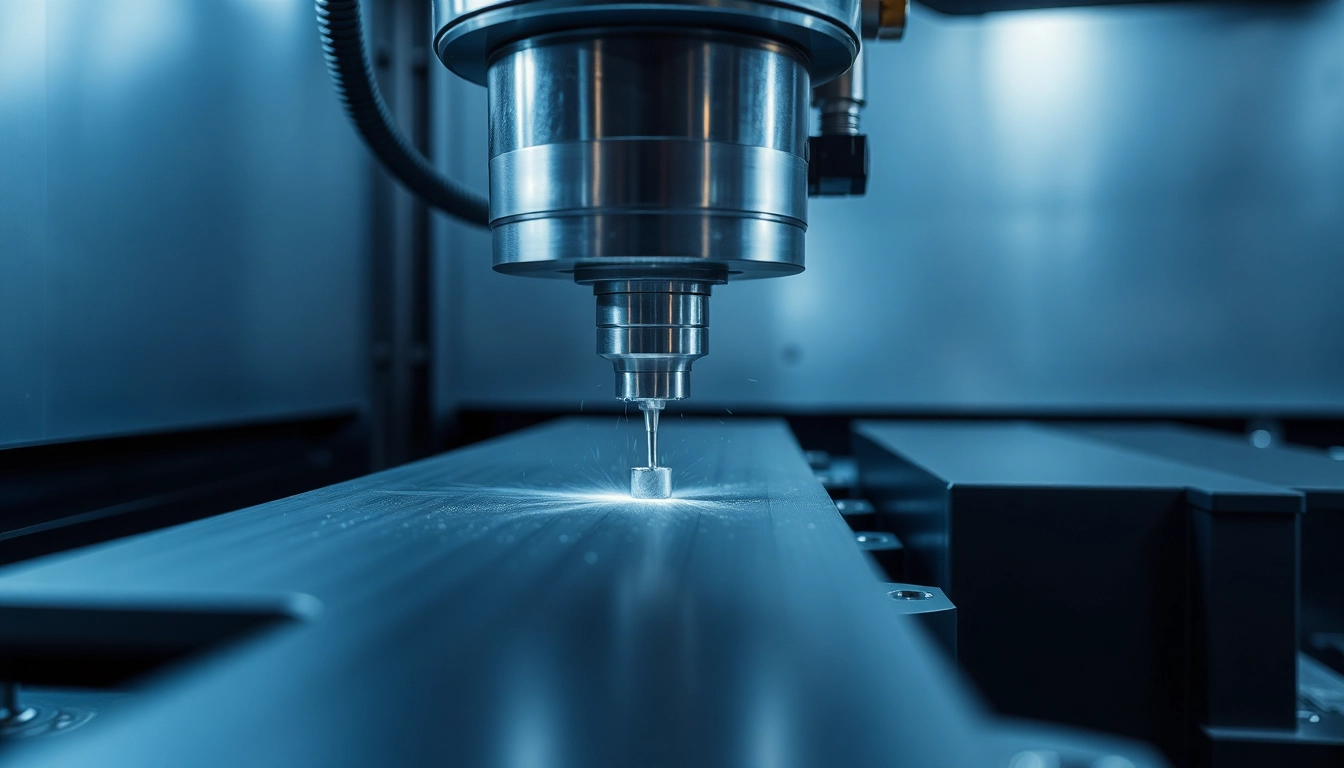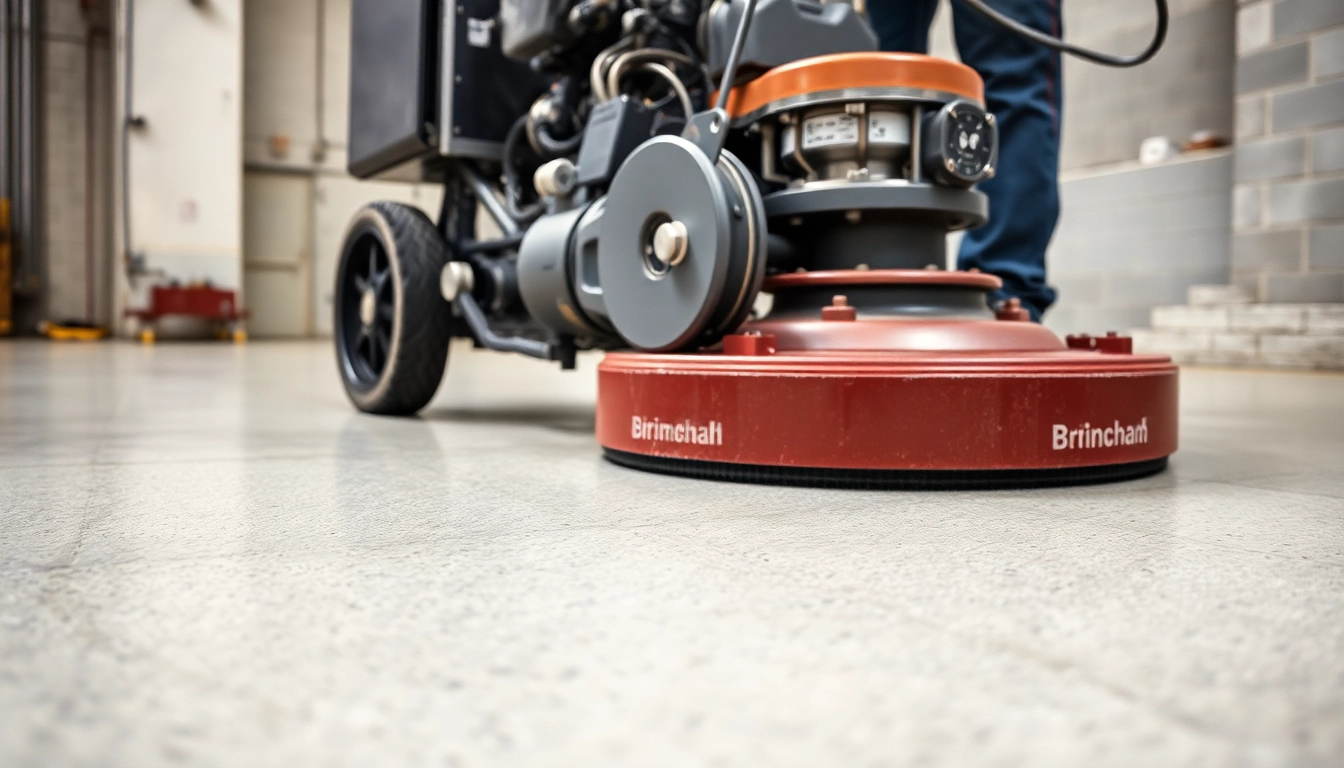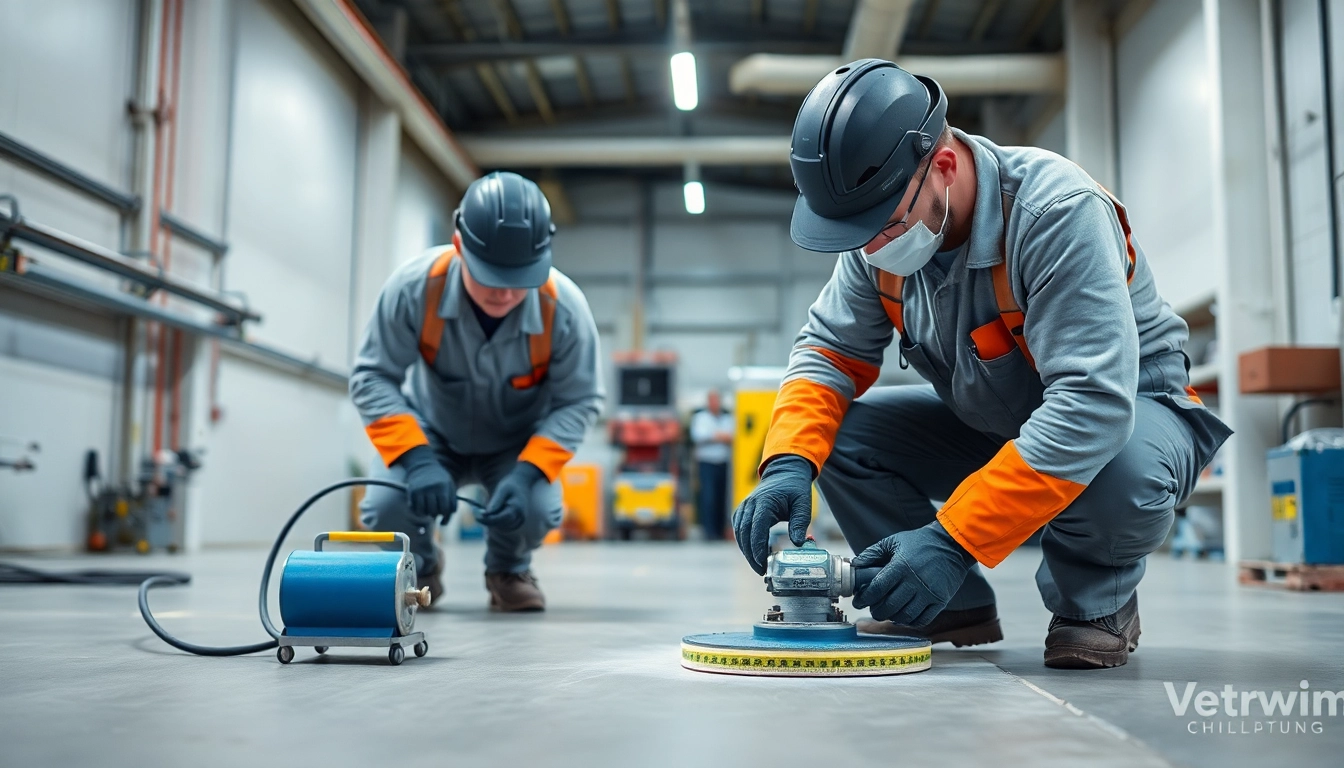Understanding Boom Lift Rental: Types, Features, and Suitability
In the dynamic world of construction, maintenance, and various industrial projects, access equipment plays a pivotal role in ensuring safety, efficiency, and productivity. Among these, boom lifts are essential machines that enable workers to reach elevated work sites with precision and ease. Whether you’re tackling indoor installations or outdoor building facades, choosing the right boom lift and understanding its features can significantly impact project success. If you’re exploring options, consider the benefits of boom lift rental — a flexible and cost-effective solution tailored to diverse project needs.
Different Types of Boom Lifts Available for Rental
Boom lifts encompass a range of configurations designed to meet specific operational demands. Understanding these types helps in selecting the most suitable equipment for your project.
Articulating Boom Lifts
Often recognized by their jointed booms, articulating boom lifts are highly maneuverable in tight spaces and can access challenging areas. They feature multiple sections that bend or articulate, allowing operators to reach over obstacles or into confined zones. These are ideal for complex repairs, maintenance inside warehouses, or detailed exterior work where precision is paramount.
For instance, an articulated electric boom lift can provide versatile working heights with smooth operation, suitable for indoor projects with limited space.
Telescopic (Straight) Boom Lifts
Also known as stick booms, telescopic lifts extend straight out to provide significant reach and height. They are favored for their stability and ability to access higher elevations without the need for extra setup complexity. These are perfect for outdoor tasks like building exterior inspections, high-level facade work, or utility maintenance where maximum height reach is required.
Support for heavy loads, rapid deployment, and extended outreach make telescopic lifts a staple in large-scale construction projects.
Vertical Mast and Scissor Lifts
While technically different from boom lifts, vertical mast and scissor lifts are alternative access options primarily for indoor use. They are excellent for tasks requiring vertical ascent without horizontal reach. Scissor lifts provide platform stability and are suitable for assembling, painting, or maintenance at medium heights in confined spaces.
Key Features to Consider for Your Worksite
Choosing the right boom lift involves evaluating various features that influence safety, efficiency, and suitability to your project environment.
Working Height and Horizontal Outreach
The fundamental specifications include maximum working height and horizontal reach. Ensuring the equipment exceeds your project’s maximum elevation and outreach needs is crucial for operational safety and task completion. For example, if you need to reach a 15-meter-high roof, selecting a boom lift with a working height of at least 17 meters provides a safety margin.
Load Capacity
Assess the maximum weight the platform can carry, including operators, tools, and materials. Exceeding load limits can be hazardous and lead to equipment failure.
Most rental models specify safe working load, often around 200-250kg, but heavy-duty models are available for more demanding tasks.
Power Source: Electric, Gas, or Diesel
The choice of power source impacts operational environment and emissions. Electric boom lifts are ideal for indoor use due to zero emissions and quieter operation. Gas or diesel-powered lifts are better suited for outdoor environments, offering higher mobility and power at the expense of emissions.
Hybrid models also exist, combining electric and fuel power for versatility and environmental compliance.
Mobility and Setup Time
Machines with self-propelled options allow for rapid repositioning, saving valuable time on large sites. Consider the ease of setup, including the need for outriggers or stabilizers, which can influence project timelines.
Terrain Compatibility
Ensure the boom lift’s wheels and chassis are suitable for your site conditions. Rubber tires are standard, but tracks may be necessary for uneven or soft ground.
Choosing the Right Boom Lift for Indoor vs. Outdoor Projects
The environment significantly influences equipment choice. Here’s a tailored guide for indoor and outdoor applications:
Indoor Projects
- Electric Power: Electric boom lifts produce no exhaust, making them suitable for enclosed spaces.
- Compact Size and Maneuverability: Smaller models with tight turning radii facilitate navigation in confined areas.
- Noise Levels: Low noise operation minimizes disruption, critical in sensitive environments.
Examples include electric articulating booms with low emissions and silent operation, ideal for factory maintenance, indoor painting, or warehouse repairs.
Outdoor Projects
- Fuel-Powered Lifts: Gas or diesel models offer higher power and mobility needed for large-scale outdoor construction.
- Extended Reach and Stability: Heavy-duty telescopic lifts with outriggers provide stability on uneven terrain.
- Weather Resistance: Equipment designed to withstand environmental elements ensures safety and durability during outdoor tasks.
Certain hybrid boom lifts are also tailored for outdoor settings, delivering flexibility and environmentally friendly operation.
How to Optimize Your Boom Lift Rental Experience
Maximizing the benefits of rental equipment involves strategic planning, clear assessment of project requirements, and safety compliance.
Assessing Your Project’s Height and Reach Needs
Begin with detailed measurements of the target work area. This includes verifying the maximum height, horizontal reach, and obstacles that could influence lift positioning. Consider future contingencies; selecting a lift with slightly higher specifications ensures adaptability for unforeseen needs.
Consult with rental providers who can recommend models aligned with your project’s scope, including equipment with articulations for complex access points.
Making Cost-Effective Rental Decisions
Rental costs vary based on machine type, rental duration, and additional services such as delivery or operator support. To optimize costs:
- Compare hourly, daily, and weekly rates to identify the most economical period.
- Leverage long-term rentals for extended projects, which often come with discounts.
- Evaluate the necessity of optional features—avoiding unnecessary upgrades reduces expenses.
- Consider local rental providers for lower transportation costs and quicker turnaround times.
Balancing upfront costs with operational efficiency yields better project margins and resource management.
Ensuring Safety and Compliance During Operation
Safety remains a top priority in equipment use. Ensure your team is trained and understands operational protocols. Confirm that all equipment meets UK safety standards and has current certification. Regular safety checks, adherence to load limits, and environmental assessment before setup are mandatory steps.
Hiring from reputable providers who offer training, equipment inspection, and prompt support minimizes incident risk and ensures compliance.
Best Practices for Using Boom Lifts Safely and Efficiently
Implementing proper procedures reduces accidents and increases productivity. Below are key safety practices and maintenance tips.
Pre-Operation Safety Checks and Training
Before each operation, conduct thorough inspections, including checking for hydraulic leaks, tire condition, battery charge, and control functionality. Ensure operators are adequately trained, familiar with the specific lift model, and understand emergency procedures.
Employ certified operators when necessary, and reinforce safety culture through regular briefings.
Maximizing Productivity with Proper Usage Techniques
Plan work sequences to minimize repositioning and downtime. Use GPS or marking systems for precise platform placement. Maintain a steady, controlled movement when extending or retracting the boom to prevent instability.
Utilize load management practices, keeping tools and personnel distributed evenly to prevent tilting.
Regular Maintenance for Longevity and Safety
Adhere to manufacturer maintenance schedules, including lubrication, battery servicing, and part replacements. Document all inspections and repairs diligently. A proactive maintenance program reduces breakdowns and extends equipment lifespan, ultimately saving costs and safeguarding personnel.
Top Factors Influencing Boom Lift Rental Costs in the UK
Understanding cost determinants empowers better budgeting and decision-making. The primary factors include:
Duration and Rental Period Options
Daily, weekly, and monthly rates vary considerably, with longer periods usually offering discounts. Expressly define project timelines and consider flexible rental arrangements to optimize expenses.
Type of Boom Lift and Features Selected
Premium features such as larger working heights, articulated reach, hybrid power sources, and payload capacity influence rental costs. Tailoring the model to your needs avoids paying for unnecessary capabilities.
Location, Delivery, and Additional Services
Proximity to rental depots reduces transportation charges. Many providers offer free delivery or pickup within certain regions. Additional services like operator hiring, safety training, or maintenance packages also factor into total expenses.
Request comprehensive quotes with transparency on all charges to facilitate informed, cost-effective decisions.
Partnering with Leading Boom Lift Rental Providers
Choosing a reputable rental partner enhances operational safety, equipment availability, and customer satisfaction. Consider these criteria:
What to Look for in a Rental Partner
- Wide range of modern, well-maintained equipment
- Transparent pricing and comprehensive service packages
- Prompt delivery and pickup capabilities
- Expert advice and technical support throughout the rental period
Highlighting Service Quality and Support
Ideal providers offer responsive customer service, flexible rental terms, and post-rental assistance. Locally established companies often provide faster support and tailored solutions, especially vital for project agility.
Getting the Best Value and Customer Satisfaction
Leverage reviews and testimonials to gauge service quality. Negotiate for bundled services or extended rental discounts. Prioritize safety certifications and equipment warranties, ensuring legal compliance and peace of mind.




